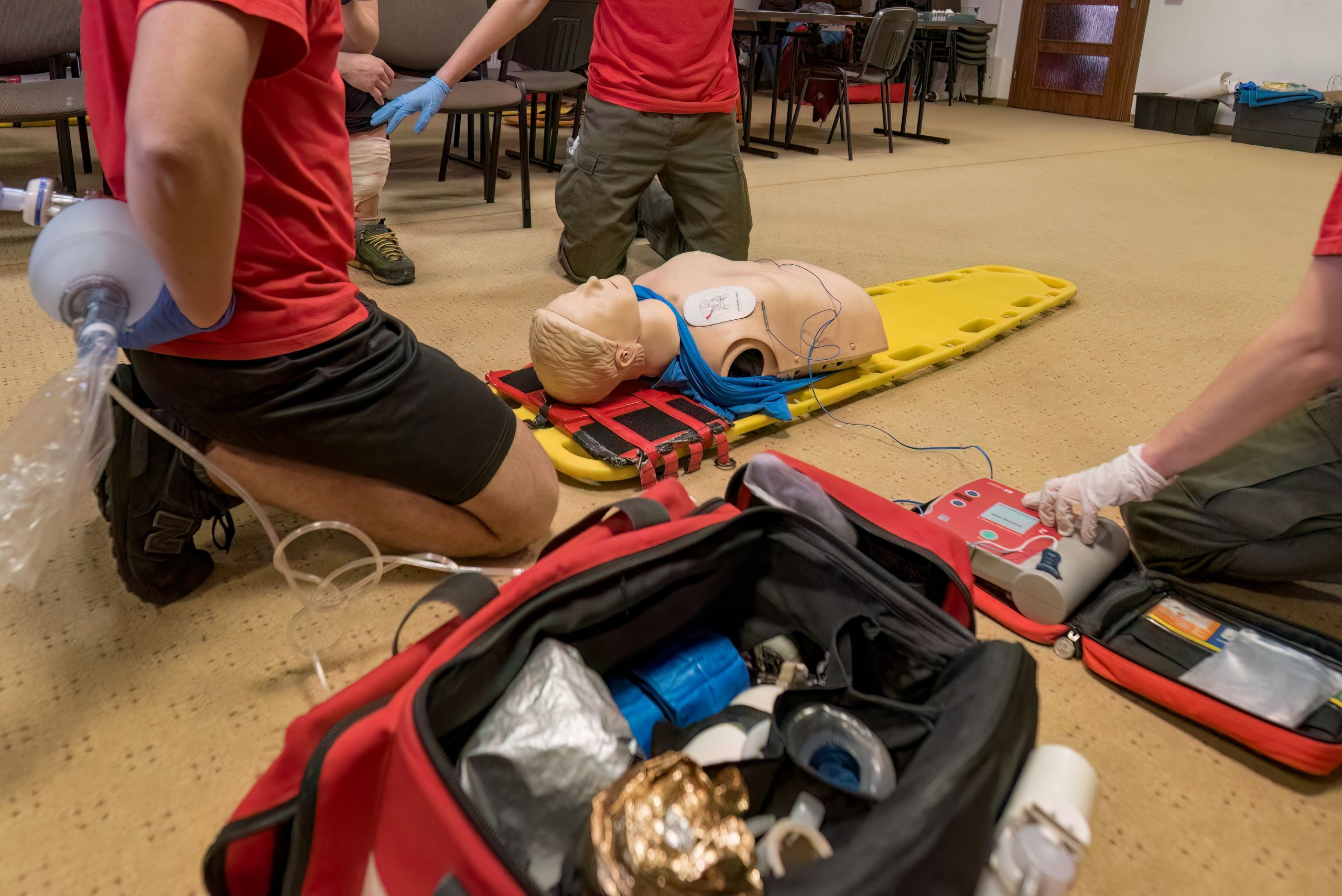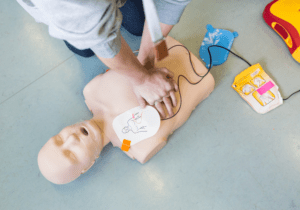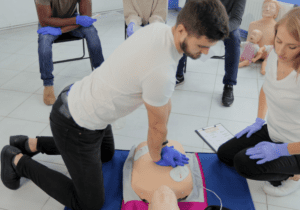
Menu
Close
Automated External Defibrillators (AEDs) are life-saving devices designed to deliver an electric shock to the heart during a sudden cardiac arrest (SCA). SCAs can happen to anyone, anywhere, and at any time, making AEDs a critical tool in increasing the chances of survival. For healthcare professionals and safety managers, choosing the right AED for your organization is a vital decision that can make a significant difference in emergency situations.
 Criteria for Choosing the Right AED
Criteria for Choosing the Right AEDWhen selecting an AED for your organization, several factors need to be considered to ensure you make the best choice. Here’s a breakdown of key criteria to guide your decision:
While it’s essential to stay within budget, it’s also crucial to balance cost with quality and features. Some AEDs may have a higher upfront cost but offer better long-term value through advanced features and lower maintenance expenses.
The primary users of AEDs in emergencies are often non-medical personnel. Therefore, the device should be intuitive and user-friendly. Look for AEDs with clear instructions, visual and audio prompts, and straightforward operation.
Regular maintenance ensures the AED is always ready for use. Consider devices with self-checking features that perform regular diagnostics and alert you when maintenance is required. Also, check the cost and availability of replacement parts such as batteries and electrode pads.
AEDs should be robust and durable, especially if they are to be used in varied environments such as schools, sports facilities, or industrial settings. Check the device’s IP rating (Ingress Protection) to ensure it can withstand dust, water, and other environmental factors.
Some AEDs offer advanced features such as CPR coaching, pediatric mode, and connectivity for data transfer to medical professionals. Evaluate these features based on your organization’s specific needs and the scenarios in which the AED will be used.
 Training
TrainingWhile AEDs are designed to be user-friendly, training remains crucial. Regular training sessions ensure that all potential users are familiar with the device and comfortable using it in an emergency. Additionally, incorporating AED training into broader first aid and CPR training programs can enhance overall emergency preparedness.
Regular maintenance is essential to ensure the AED remains operational. Establish a maintenance schedule that includes:
Choosing the right AED for your organization is a decision that can save lives. By considering factors such as cost, ease of use, maintenance, durability, and additional features, you can select an AED that best meets your organization’s needs. Comparing top brands and understanding real-world applications through case studies can further guide your decision.
Investing in the right AED and ensuring proper training and maintenance not only enhances safety but also demonstrates your commitment to creating a secure environment for employees, clients, and the community.